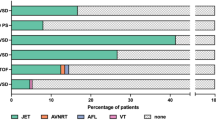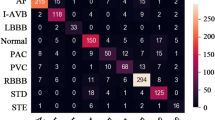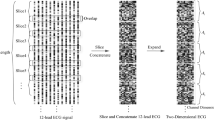Abstract
Aims:
To describe the frequency and type of arrhythmia induced by forced expiratory and inspiratory flow-volume loop manoeuvres.
Methods:
735 subjects (548 men) aged from 10 to 98 years old (mean 54 years, SD ± 15) were submitted to a conventional medical examination and spirometry testing prior to a maximal cardiopulmonary exercise test (CPET). A continuous digital electrocardiogram (ECG) was recorded during spirometry and CPET, and later reviewed and interpreted by the same physician (who supervised all the procedures).
Results:
470 subjects (64%) had cardiac arrhythmias during one or both procedures. About 60% of the arrhythmias were supraventricular, but 35 subjects (5%) presented more complex arrhythmias including frequent premature ventricular beats (n=31) or non-sustained ventricular tachycardia (n=4). While arrhythmias were more often exposed by the CPET (p<0.01), in 68 cases (10% of the total sample) arrhythmias were only induced by spirometry; these included four cases of non-sustained supraventricular tachycardia (n=4).
Conclusions:
Spirometry is a safe procedure with regard to induction of cardiac arrhythmias. Spirometry-induced arrhythmias tend to be simple and were always short-lasting. In some cases, ECG recording during spirometry showed arrhythmias that would not be induced by a progressive maximal exercise test.
Similar content being viewed by others

Article PDF
Author information
Authors and Affiliations
Corresponding author
Ethics declarations
Competing interests
None to declare.
Rights and permissions
About this article
Cite this article
Araújoa, C., Vianna, L. How often does spirometry testing induce cardiac arrhythmias?. Prim Care Respir J 18, 185–188 (2009). https://doi.org/10.4104/pcrj.2009.00023
Received:
Revised:
Accepted:
Published:
Issue date:
DOI: https://doi.org/10.4104/pcrj.2009.00023
This article is cited by
-
Effect of spirometry on intra-thoracic pressures
BMC Research Notes (2018)


